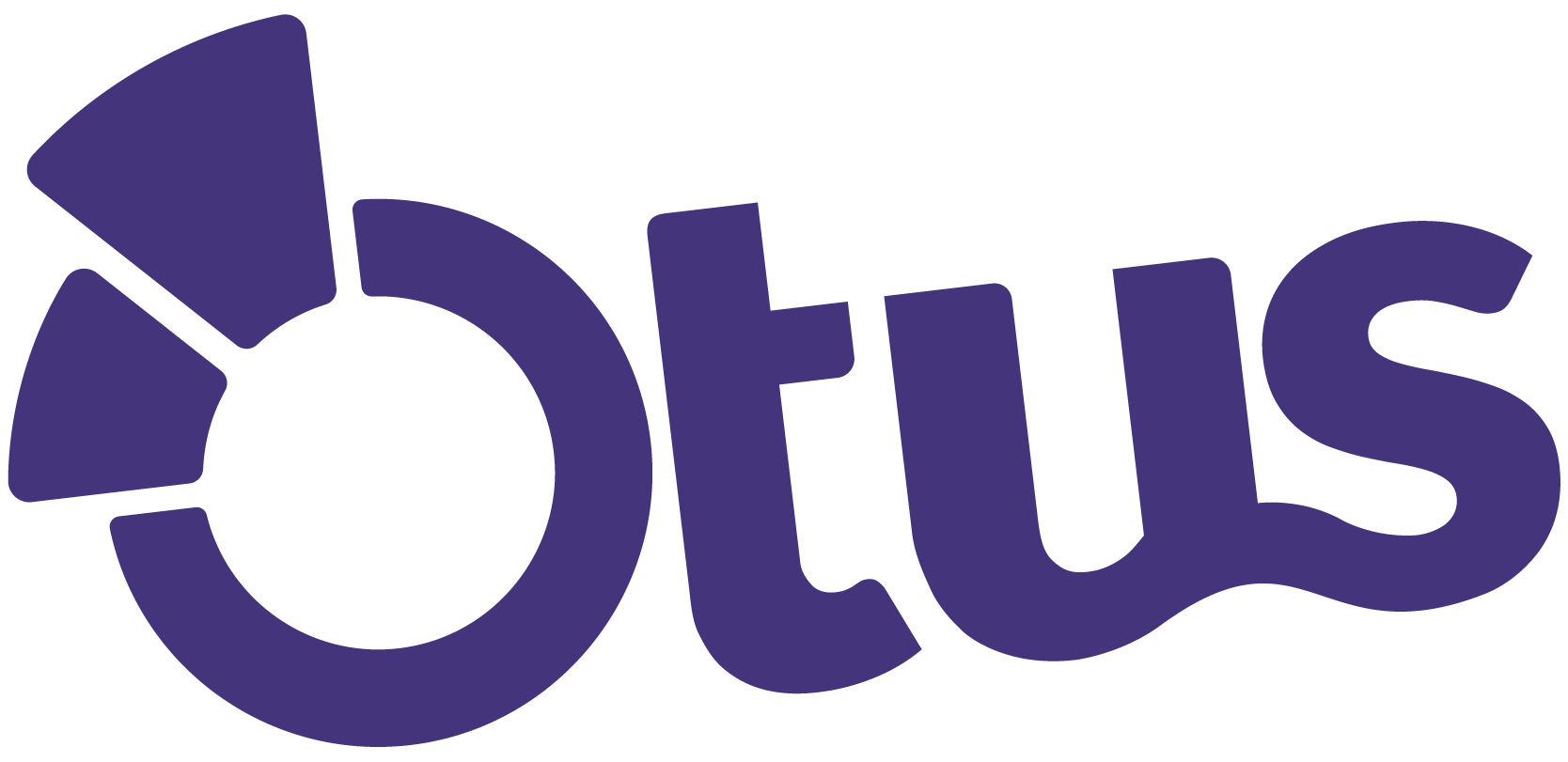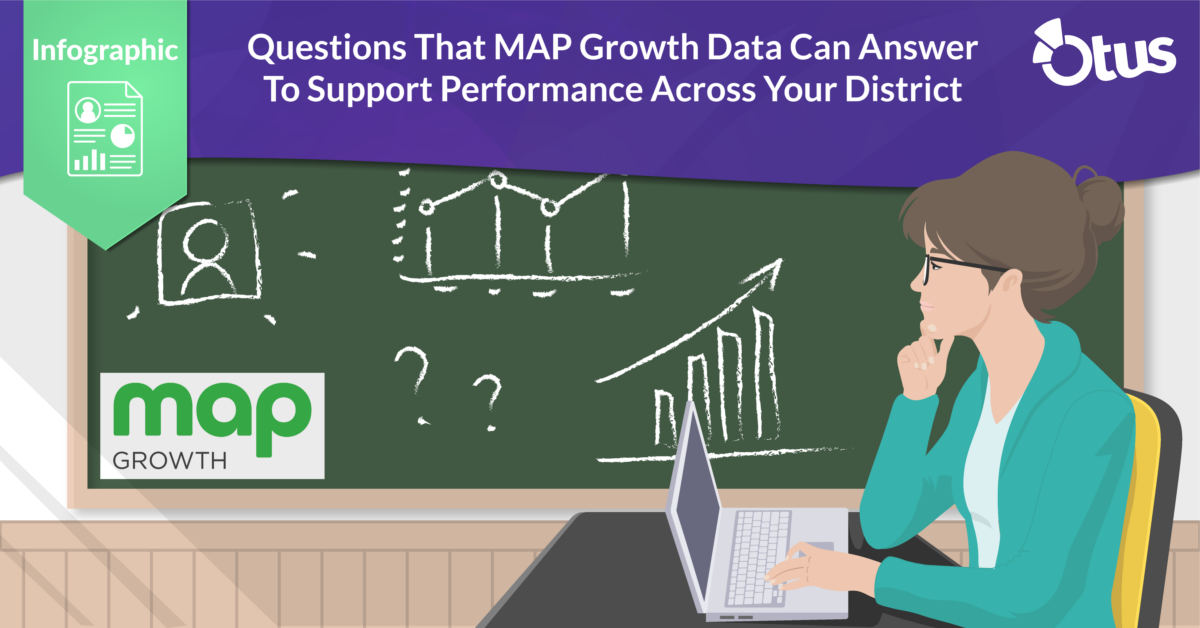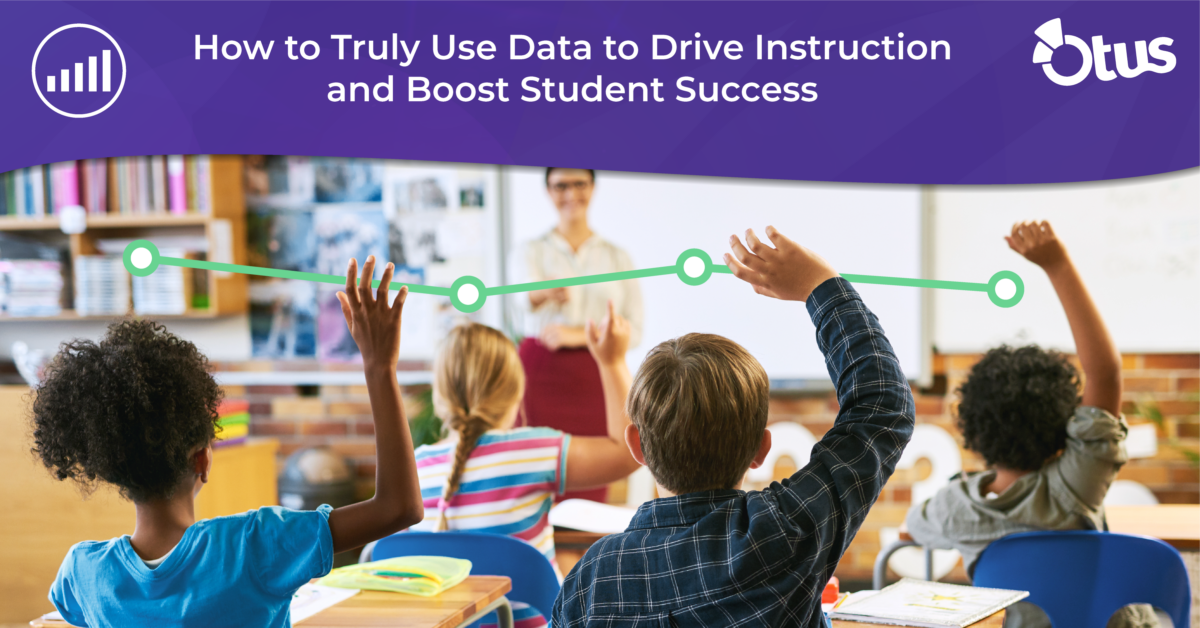Witnessing a student’s eureka moment is one of the most rewarding feelings a teacher can experience. Video can help teachers see these moments happen inside or outside the classroom and allows students of all ages to reflect on their learning and share their thinking with their teachers.
Crafting lessons and projects to achieve this learning requires time, patience, and practice. During this process, teachers will often create rubrics to measure student learning. The Otus custom rubric builder gives educators an effective way to evaluate video responses and communicate to students the assessment’s learning objectives.
Capturing Video & Student Voice
Imagine kindergartners sharing their thoughts on the read-aloud book, a fourth-grader using video to respond to a poem they read, or a high school freshman giving a speech or practicing for a debate.
Because students are able to capture video directly with the Otus assessment submission process, their inclusion for measuring learning becomes more effective.
As the video highlights, teachers are able to see a student read a poem and reflect on their learning while the teacher is able to effectively measure and record the student’s learning on the rubric.
Why Use Rubrics to Measure Student Learning
Rubrics capture a more diverse set of a student-learning outcomes, making them perfect for student video responses. For example, educators can measure a student’s physical skills, such as playing a musical instrument; process completion, such as preparing a lab station; or communication, such as making a speech for class or reading a story aloud. The examples are almost limitless, from building a racecar to crafting a movie, but within Otus, teachers are able to build rubrics more quickly and effectively than before.




